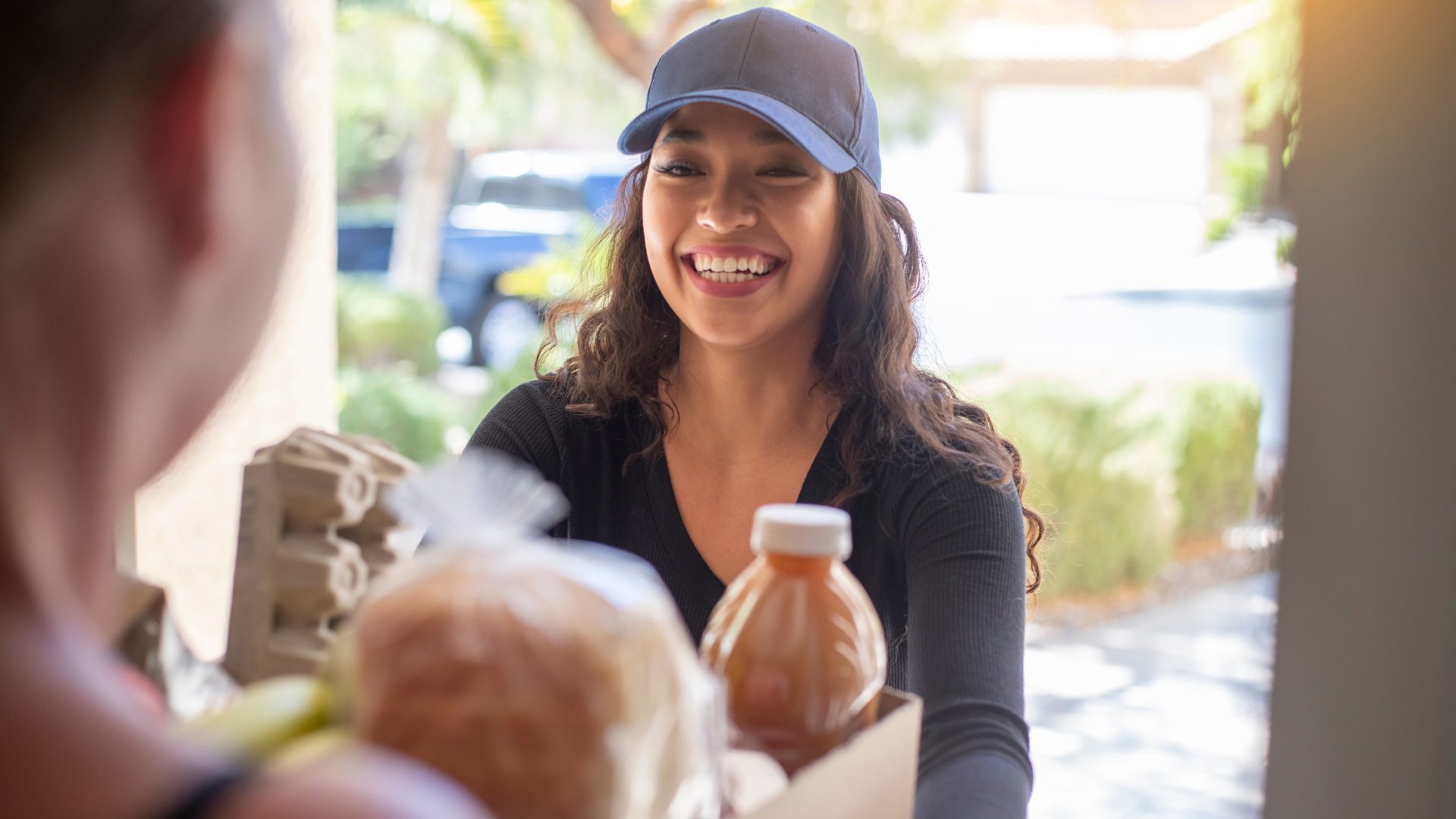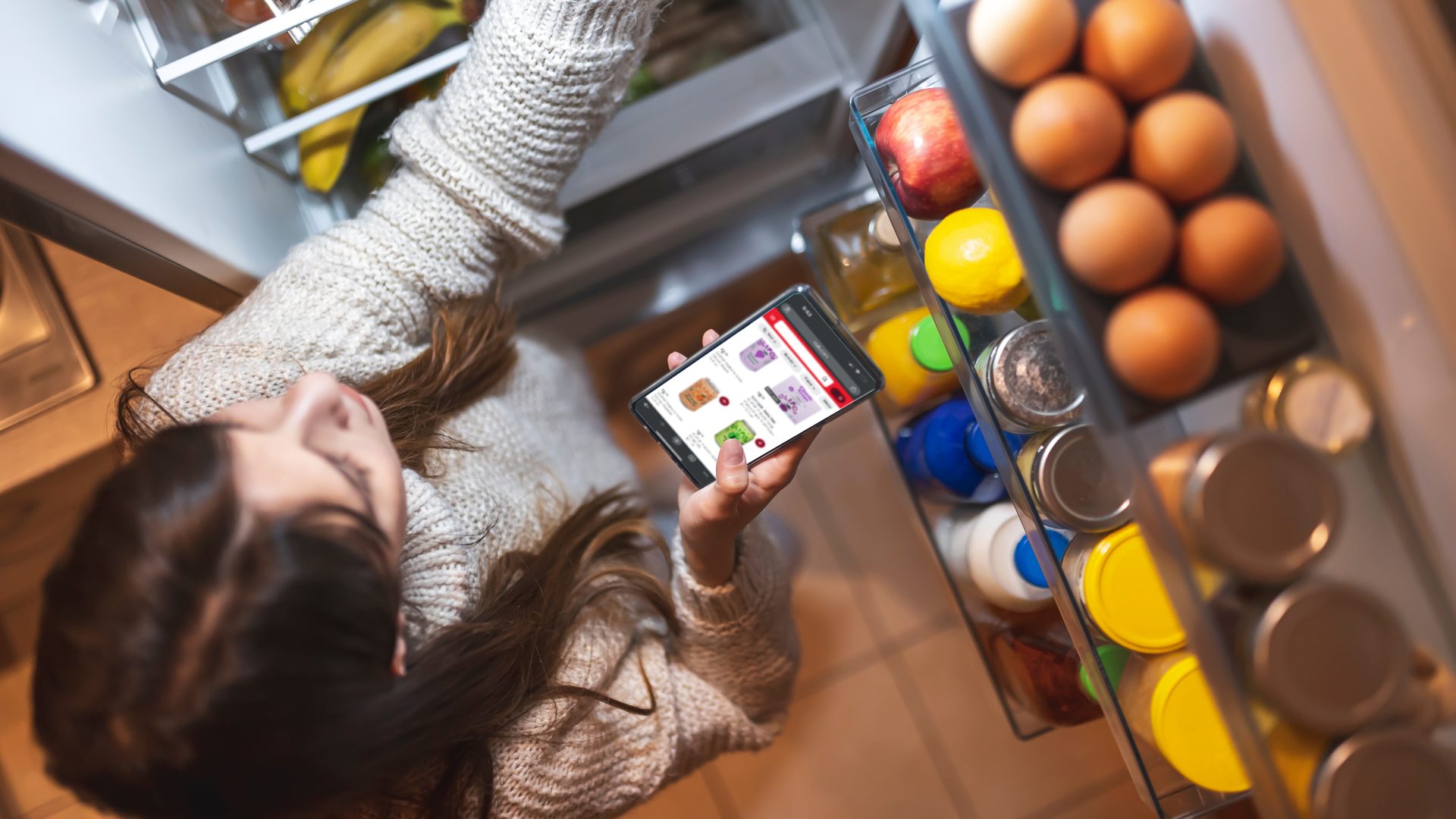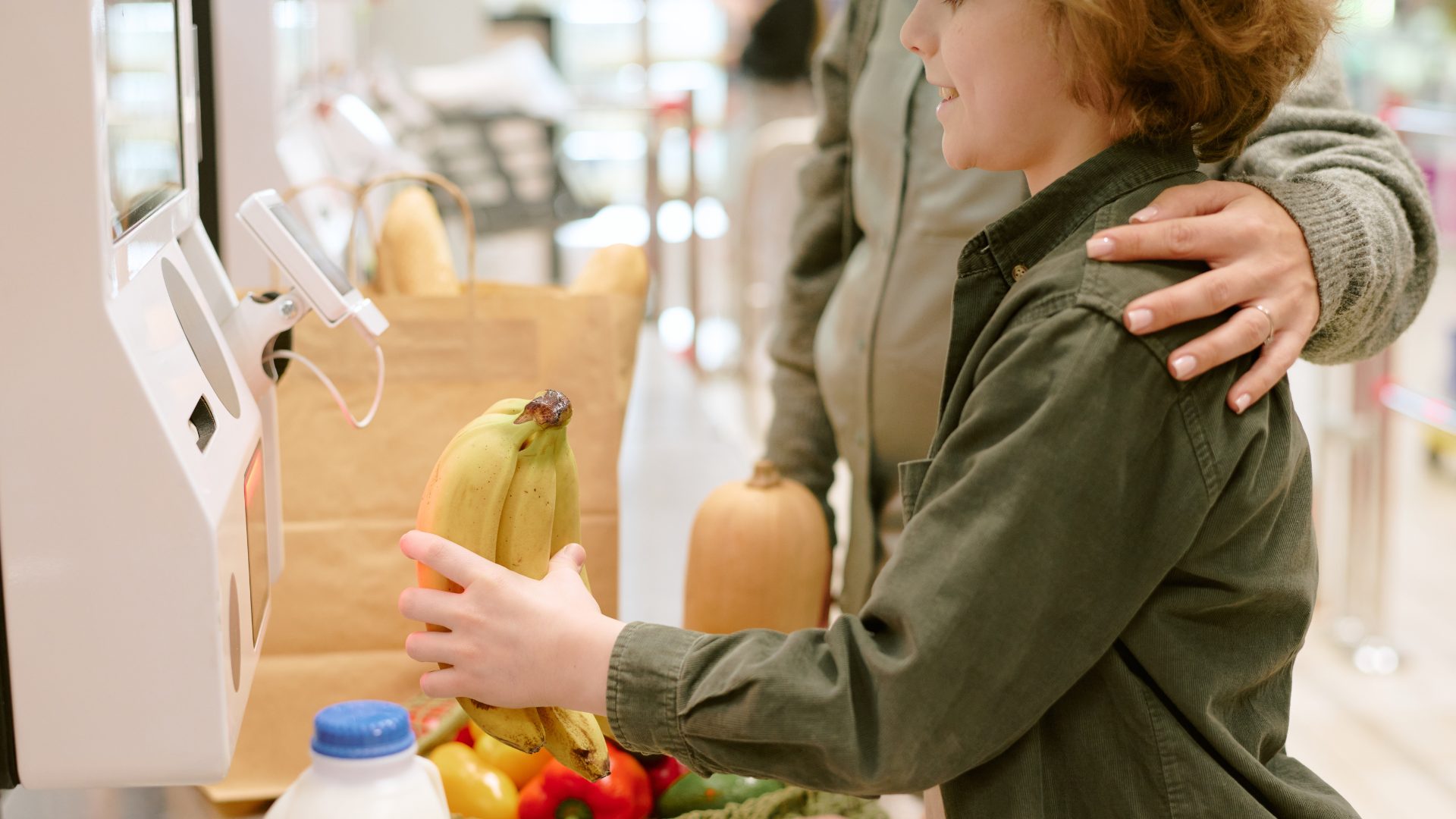Amazon grocery means business.
On Wednesday, the e-commerce giant expanded its grocery ambitions by offering Prime members in 1,000 cities the ability to order fresh foods alongside standard Same-Day Delivery orders at no extra cost for purchases over $25.
The retailer plans to more than double this service to 2,300 areas by the end of the year.
Amazon’s move, supported by subsidiary Whole Foods Market’s footprint, is a clear attack on traditional grocery’s first- and third-party online grocery delivery capabilities, which account for most of the market.
Shares of leading grocery companies dropped in the wake of the news: DoorDash by 4%, Kroger by 4.1%, Walmart by 1.7%, and Instacart-parent Maplebear by a shocking 11%. Conversely, Amazon shares rose 1%.
“This marks one of the most significant grocery expansions for Amazon as the company introduces thousands of perishable food items into its existing logistics network that is already optimized for speed and efficiency,” said Amazon in a statement.
The timing for the e-commerce giant’s decision couldn’t be better: a recent report from Brick Meets Click/Mercatus found that U.S. online grocery sales hit $10 billion in July, up 26% year-over-year.
This is Amazon CEO Andy Jassy’s dream. The leader admitted in 2022 to not knowing how to position its grocery arm while also emphasizing its appetite for a bigger bite of the market. This year, he found his stride, saying in a mid-year Q&A that he was “very bullish about grocery.”
Early adoption of the service across test markets found that strawberries consistently beat out AirPods as a top-five best seller, and other produce needs, such as bananas, Honeycrisp apples, limes, and avocados, are among the most popular additions to a Same-Day Delivery cart.
Outside these markets, fresh and shelf-stable foods are treated differently on the website, showing up in separate carts depending on where the offerings are shipping from. The strategy endeavors to remove customer confusion by unifying their shipments.
We’re continuously innovating to make grocery shopping simpler, faster, and more affordable for our customers, especially Prime members,” said Doug Herrington, CEO of Worldwide Amazon Stores.
Additionally, the strategy mobilizes an executive-level decision to unify Whole Foods Market and Amazon’s grocery strategies. An internal memo earlier this year revealed that Whole Foods will be staffed solely by Amazon leaders as part of a 12-month-long strategy for the sake of efficiency.
In late June, the e-commerce leader outlined a multi-billion-dollar investment plan to expand its Same- and Next-Day Delivery services, emphasizing on more than 4,000 “smaller” communities by the end of the year.
Last year, the grocer posted over $100 billion in gross sales of groceries and household essentials, while Walmart’s sole grocery business accounted for more than $275 billion. This disparity necessitates drastic action on Amazon’s part, which its recent moves support.
The Food Institute Podcast
How will the One Big Beautiful Bill Act (OBBBA) impact your food business? Unraveling the implications of new legislation is never easy, but Patrick O’Reilly and Jeff Pera of CBIZ explain how provisions of the bill related to no tax on tips, depreciation and expensing of capital purchases, and research and development will impact the industry.









